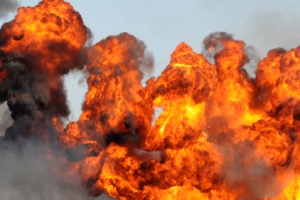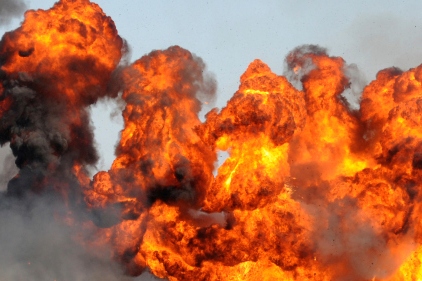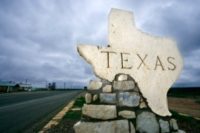 While investigators in West, Texas, sift through the rubble of a fertilizer plant that exploded last week, killing 15 people, safety advocates are calling for stricter government oversight of potentially hazardous sites like that one.
While investigators in West, Texas, sift through the rubble of a fertilizer plant that exploded last week, killing 15 people, safety advocates are calling for stricter government oversight of potentially hazardous sites like that one.
The operator of the plant, West Fertilizer Co., did file an emergency response plan update in 2011 with the EPA listing anhydrous ammonia on site, but did not indicate there was a risk of fire or explosion at the plant. The company did not report the large quantity of ammonium nitrate (the substance used in the Oklahoma City bombing in 1995) to the Department of Homeland Security, as it was required to do by law.
“You’d like to think something like this could never happen, that there’d be tight oversight by some agency, but that’s not how it looks,” said Peg Seminario, director of Safety and Health for the AFL-CIO. “In reality, the regulation and oversight systems are often fragmented, so a small but potentially hazardous facility like this one in Texas can get what appears to be little scrutiny. There’s a lot we don’t know yet about what happened, but we do know there are gaps in the regulation and oversight systems. The president should provide leadership in coordinating the investigation and response from federal and state agencies.”
The Coalition for Sensible Safeguards (CSS) pointed out that per the Clean Air Act Amendments of 1990 (which were passed in response to earlier tragedies), West Fertilizer Co. was supposed to have developed a risk management plan that it shared with local responders. It did not. Most of those killed in the blast were local firemen and volunteers who rushed to the facility to fight the fire that preceded the explosion.
Almost 10,000 facilities across the United States are storing or handling anhydrous ammonia, according to the Center for Effective Government’s RTK NET (www.rtknet.org). There is currently no way to determine whether these facilities have up-to-date risk management plans, and whether these plans have been shared with plant employees, residents of the surrounding community and local emergency personnel. The EPA does not require facilities to include ammonium nitrate in their risk management plans.
OSHA last inspected the West facility in 1985. But OSHA is generally only able to inspect facilities with fewer than 10 employees in response to a complaint or incident, and in 2011, the West plant reported only seven employees.
“Small facilities like this one scattered throughout the nation are ‘regulated’ by a system rife with gaps in oversight, limited enforcement and unclear rules,” according to a statement issued by CSS, which went on to urge that loopholes be closed, companies be required to create and register emergency plans and share that information with emergency personnel and the communities in which they operate and oversight agencies be given sufficient staff and resources to ensure this happens.
“As we mourn the human losses West has had to endure and grieve for the courageous people who rushed in to help, let’s commit ourselves to creating a system that prevents other communities from having to experience similar events,” said Katherine McFate, president and CEO of the Center for Effective Government and a CSS co-chair. “That would be a most fitting tribute to those who lost their lives in West, Texas, and other industrial accidents across the country.”


